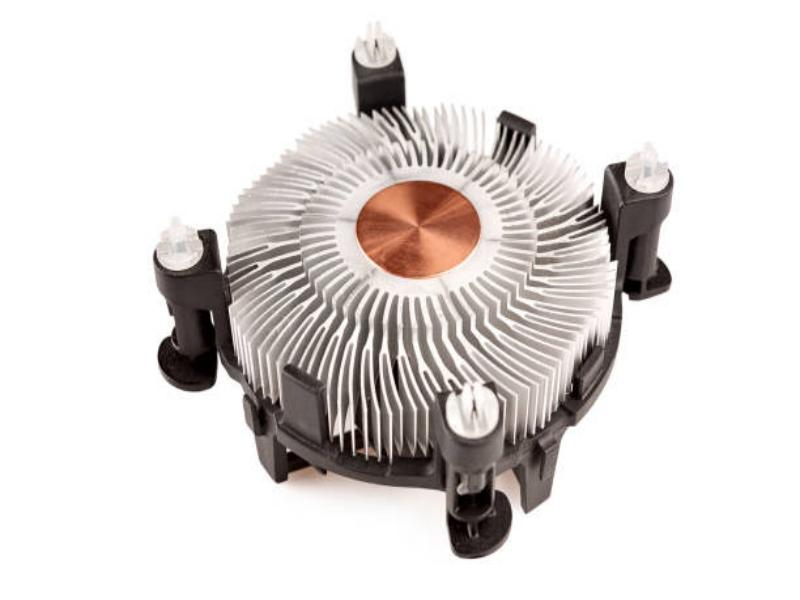What is friction stir element welding?
Friction Stir Element Welding (FSEW) is an innovative and advanced welding technique that offers numerous benefits over traditional welding methods. This article aims to provide a comprehensive guide to understanding the concept and applications of Friction Stir Element Welding.
1. The Basics of Friction Stir Element Welding
Friction Stir Element Welding is a solid-state welding process that was developed in the 1990s. It involves joining two or more metal elements using frictional heat and mechanical pressure, without melting the metals. This process is primarily used for joining aluminum, but it can also be applied to other materials such as copper, titanium, and steel.
2. How Does Friction Stir Element Welding Work?
The FSEW process involves a rotating tool with a specially designed profile. The tool is inserted between the metal elements to be joined and traversed along the joint line. As the tool rotates and moves forward, it generates frictional heat and severe plastic deformation, which softens the material and creates a solid-state bond. The tool's design helps to mix the materials and eliminate any defects in the joint.
3. Advantages of Friction Stir Element Welding
Friction Stir Element Welding offers several advantages over traditional welding methods:
- High Strength: FSEW produces joints with excellent mechanical properties, resulting in high-strength and fatigue-resistant welds.
- No Melting: Since FSEW is a solid-state process, it does not involve melting the metals, reducing the risk of defects, such as porosity and solidification cracks.
- Improved Efficiency: FSEW is a faster welding technique compared to conventional methods, reducing production time and costs.
- Environmentally Friendly: The absence of fumes, spatter, and shielding gases makes FSEW a cleaner and more environmentally friendly welding process.
4. Applications of Friction Stir Element Welding
FSEW has found wide-ranging applications across various industries:
- Automotive: Friction Stir Element Welding is used in the automotive industry for joining aluminum panels, chassis components, and heat exchangers.
- Aerospace: FSEW is widely adopted in the aerospace sector for manufacturing aircraft components such as fuselage panels, wing structures, and fuel tanks.
- Shipbuilding: The shipbuilding industry benefits from FSEW for joining aluminum and steel plates, providing lightweight and durable structures.
- Railway: Friction Stir Element Welding is used in the manufacturing of railway carriages and structural components, ensuring strength and longevity.
- Energy: FSEW finds applications in the energy sector, particularly in the production of heat exchangers, power generation equipment, and offshore structures.
5. Challenges in Friction Stir Element Welding
While Friction Stir Element Welding offers numerous advantages, it also presents some challenges:
- Tool Wear: The rotating tool used in FSEW can experience wear due to the high temperatures and pressures involved, leading to decreased tool life.
- Process Optimization: Achieving optimal process parameters for different materials and joint configurations requires extensive research and testing.
- Joint Quality Assurance: Ensuring the quality and integrity of the weld joint can be challenging, requiring non-destructive testing and inspection techniques.
6. Future Developments in Friction Stir Element Welding
The field of Friction Stir Element Welding continues to evolve, with ongoing research and development focusing on the following areas:
- New Materials: Exploring the applicability of FSEW to a wider range of materials, including advanced alloys and composite materials.
- Process Optimization: Developing advanced modeling and simulation techniques to optimize process parameters and predict joint quality.
- Automation: Introducing automation and robotics to enhance the efficiency and repeatability of the FSEW process.
7. Conclusion
Friction Stir Element Welding is a revolutionary welding technique that offers numerous benefits over traditional methods. Its solid-state nature, high strength, and improved efficiency make it suitable for a wide range of applications across industries. Although it presents some challenges, ongoing research and development aim to overcome these hurdles and further enhance the capabilities of FSEW.

